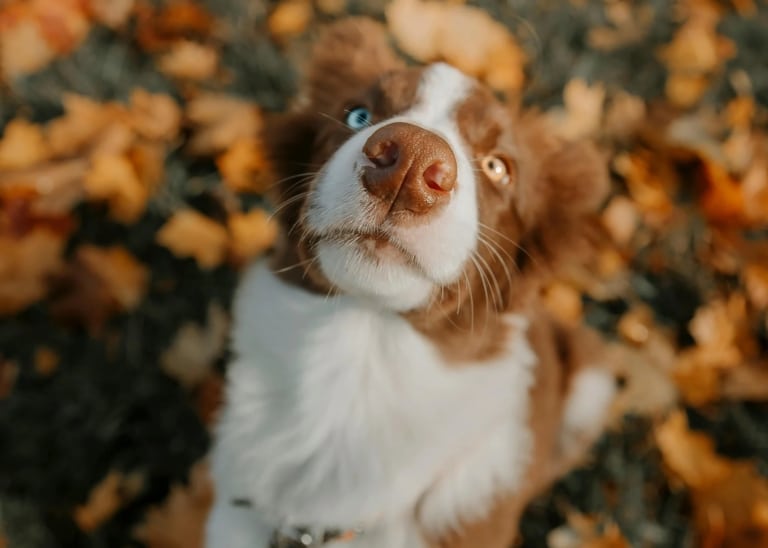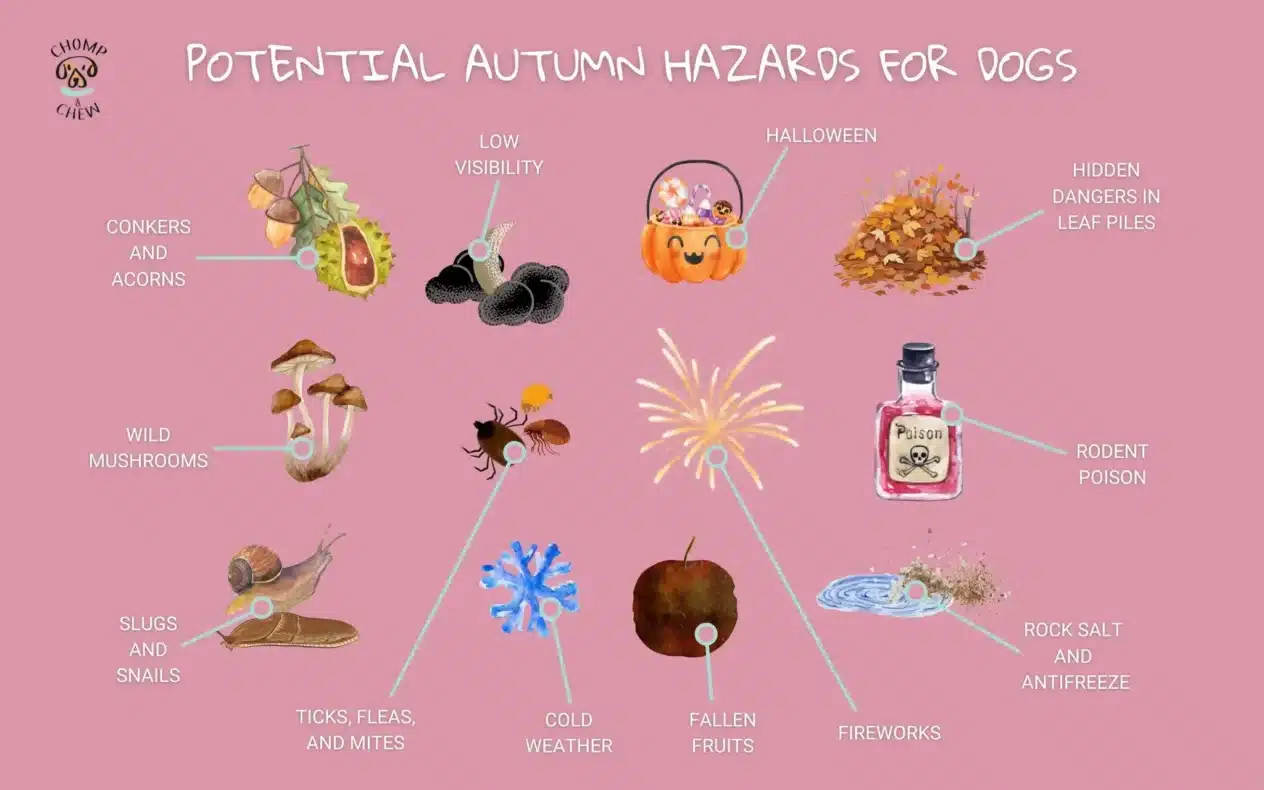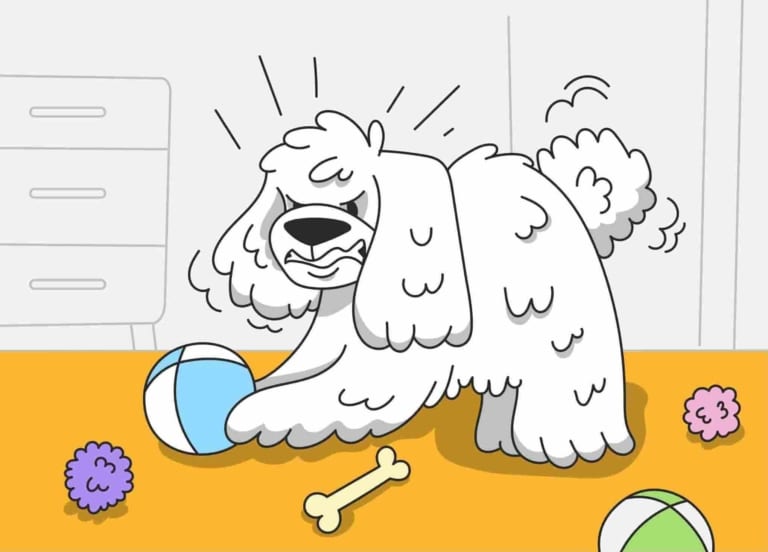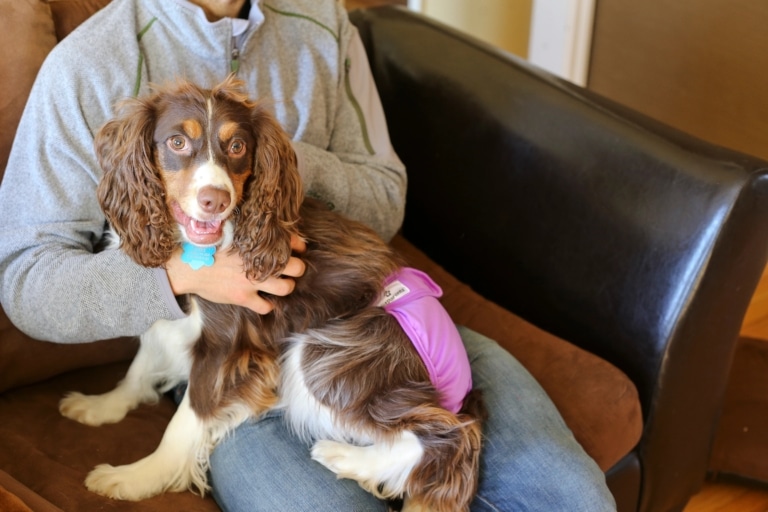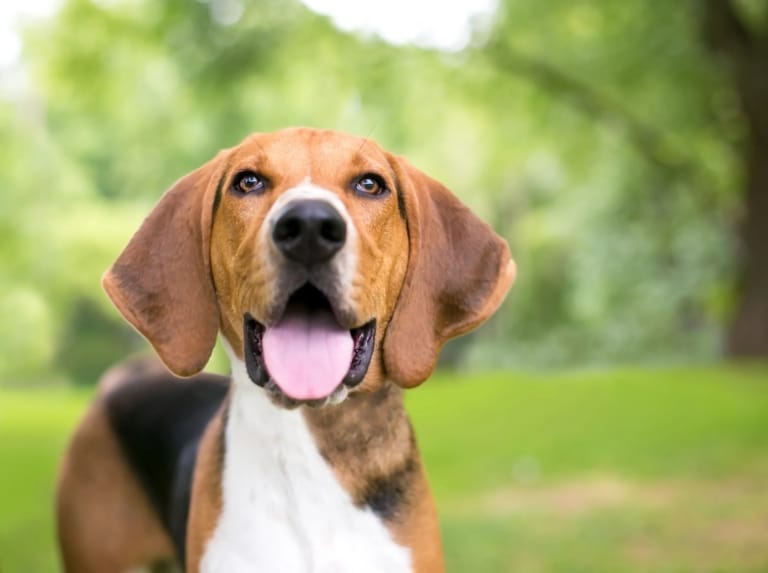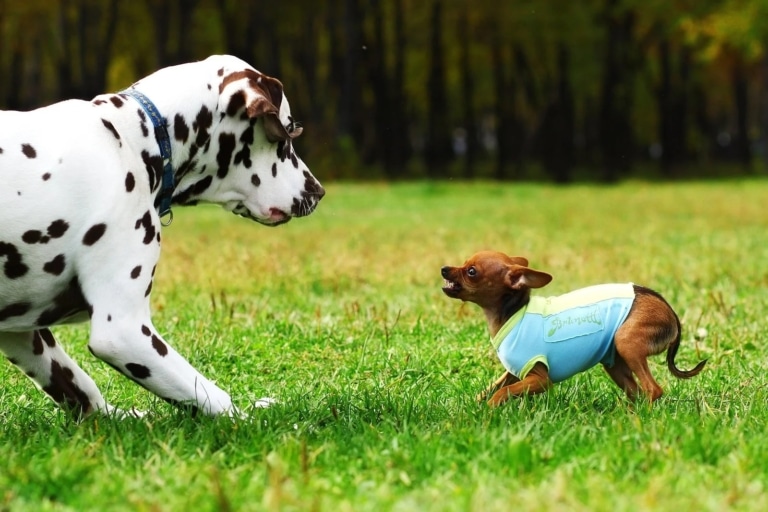Autumn is the season when temperatures drop, humidity rises, and daylight hours shorten. For dogs, it’s not just a change of season but a real test for their immune system. After the hot summer, their bodies become more vulnerable, and walks in damp parks and forests bring new risks. During this time, colds, allergies, parasitic infections, and even poisonings occur more frequently. Ticks, fungi, and bacteria become more active, while temperature fluctuations can lead to respiratory illnesses.
Common Autumn Diseases in Dogs
Seasonal Canine Illness (SCI). A rare but dangerous seasonal disorder that appears after walks in the forest. Symptoms include vomiting, diarrhea, abdominal pain, lethargy, and fever.
Parasitic infections. Even in autumn, ticks remain active, and with rising humidity, other parasites also spread.
Poisoning. Acorns, chestnuts, fungi, and decaying plant remains can cause severe intoxication.
Respiratory infections. Falling temperatures, rain, and drafts can lead to coughing, runny noses, and bronchitis.
Skin diseases. Dirt and moisture can cause irritation, cracks, dermatitis, or fungal infections on the paws.
Symptoms to Watch For
After autumn walks, pay attention to any changes in your dog’s behavior. If you notice vomiting, diarrhea, loss of appetite, lethargy, coughing, or itching, it could be a sign of a seasonal illness. Also be cautious of symptoms like fever, trembling, inflamed eyes, or nasal discharge. Don’t delay a visit to the vet — autumn illnesses can progress quickly.
How to Protect Your Dog in Autumn
To keep your pet healthy in autumn, combine care, attention, and prevention. After every walk, always wipe your dog’s coat and paws to prevent irritation and fungal infections. Don’t let your dog pick up acorns, chestnuts, or mushrooms from the ground, as they can be toxic. Tick prevention remains important even in autumn since parasites stay active until the first frost. If your dog gets wet, dry its coat with a hairdryer and make sure it doesn’t lie on a cold floor. Add warm meals and vitamins to its diet to support the immune system, and don’t forget about regular vet check-ups. Consistent care and attentiveness will help your dog enjoy a healthy, happy, and shiny autumn season.

